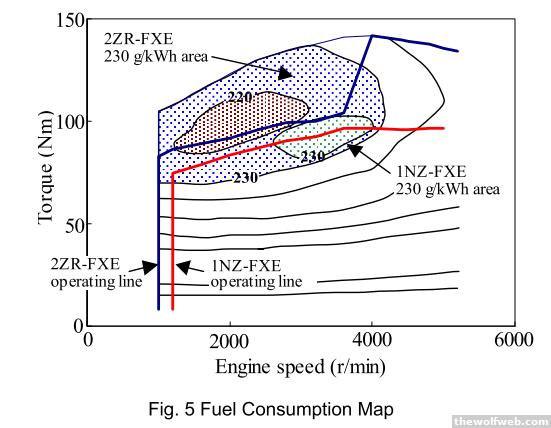Why bother posting your "calculated" efficiency if it doesn't align with the real world? What efficiency does your method calculate for the Honda RA168E - that will allow you to check the veracity of your method. My reason for quoting the Honda figure is to show what is possible from a similar engine - 32.2% BTE. From that number we can move upwards -ringo wrote:Guru,
I dont care what efficiency honda had 26 years ago. Im telling you what i calculated. I dont have empirical data. Hondas efficiency was observed, mine was not. So i dont see why you are nitpicking 31.x % the point is that 3x low % id what the ice is. Its not 4x %.
You may not want to agree but the engine makers doe include the mguh power deliveres by kers in their bte. Regardless if its the moral thing to do or not. What you must understand is that the direct injection turbo engine is not giving you 42% bte. The fuel may not allow it much less the kind of compression ratios that would have to be used. The whole novelty of these power units is actually the mguh power that is included in the overall. As for the graph i dont think you have thought about what you have said pertaining to it.
- Add 26 years of engine development - things have probably improved a bit since then.
- Add DI. We know DI and stratified charge will help thermal efficiency
- Add turbo-compounding. The only reason for TC is to improve TE - and it works!
- Add a different motivation. The new rules are aimed exclusively at best TE - the 1988 rules limited boost and total race fuel.
The BTE is almost certainly 4x%. Yes it does include MGUH power. The only reason to capture waste energy from the exhaust (Turbo-Compounding, MGUH same thing) is to increase TE.
MGUH is NOT KERS (Kinetic Energy Recovery System). It is turbo-compounding and it is part of the ICE. For evaluating BTE on the dyno, the MGUH power is fed directly into the crankshaft via the MGUK. No energy flows into or out of the battery.
An ICE is a heat engine that combusts fuel in its own working fluid (air). Gas turbines and jet engines are also ICE's.
As for the graph - please explain the term "PU self sustaining".



